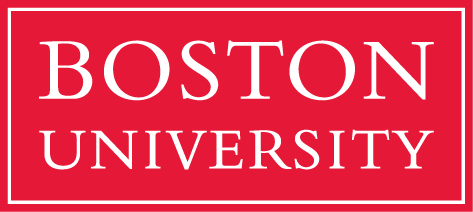Plain Language Resources
Campbell Collaboration User Abstracts
Campbell's User Abstracts summarize our systematic reviews in a way that makes the findings easily accessible and usable for policy makers, practitioners and users. Official user abstracts are published in our online library.
Go to the Campbell Collaboration User Abstracts
Center for Plain Language
The Center for Plain Language, a non-profit organization, helps government agencies and businesses write clear and understandable communications. The Center supports those who use plain language, trains those who should use plain language, and urges people to demand plain language in all the communications they receive, read, and use.
Go to the Center for Plain Language
Centers for Medicare and Medicaid Services (CMS) Toolkit for Making Written Material Clear and Effective
The Toolkit for Making Written Material Clear and Effective is a health literacy resource from the Centers for Medicare and Medicaid Services (CMS). The 11-part Toolkit provides a detailed and comprehensive set of tools to help you make written material in printed formats easier for people to read, understand, and use.
Cochrane Plain Language Summaries
Plain Language Summaries (PLSs) help people to understand and interpret research findings and are included in all Cochrane Reviews. PLSs are created using standard content, structure and language to ease understanding and translation.
Go to the Cochrane Plain Language Summaries
NIH Office of Communications and Public Liaison (OCPL)
The NIH Office of Communications and Public Liaison (OCPL) and its 27 component public affairs offices work to connect research with the public. OCPL has created several resources to help trans-NIH communicators and health communicators outside NIH reach audiences “where they are” and overcome barriers to health literacy.
Go to the NIH Office of Communications and Public Liaison (OCPL)
FAA Plain Language Course
The Federal Aviation Administration (FAA) developed a nine-part course that teaches basic tools to help organizations use plain language. It takes less than one hour.
Go to the FAA Plain Language Course
Plain Language Checklist
The Hospital for Sick Children developed the Plain Language Checklist to guide the development of a message that incorporates plain language and knowledge translation principles.
Go to the Plain Language Checklist
PlainLanguage.Gov
The Plain Language Action and Information Network (PLAIN) provides templates, checklists, and in-depth writing guidelines to help organizations develop communications in plain language.
Plain Language Summary Tool (PLST)
The Center on KTDRR, working in collaboration with the University of Washington Center for Technology and Disability Studies (UWCTDS) developed a web-based "Plain Language Summary Tool (PLST)" to guide authors through the process of writing a plain language summary of a systematic review.
The PLST guides users through the process of creating Cochrane-style plain language summaries of systematic reviews. An introductory video, a manual, and explanatory materials are available to help users create their plain language summaries.
Access Plain Language Summary Tool (PLST)
The Plain Writing Act of 2010
The Plain Writing Act of 2010 was signed on October 13, 2010. The law requires that federal agencies use clear government communication that the public can understand and use.




